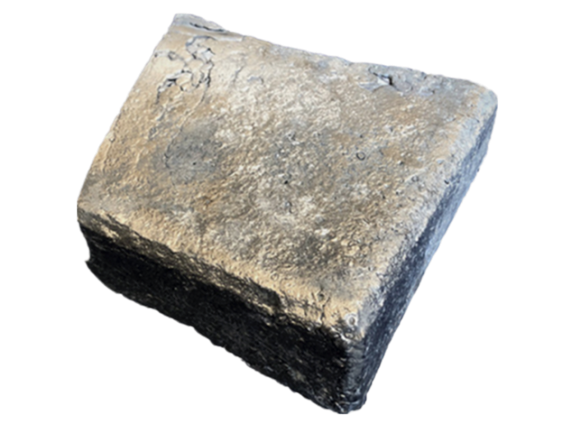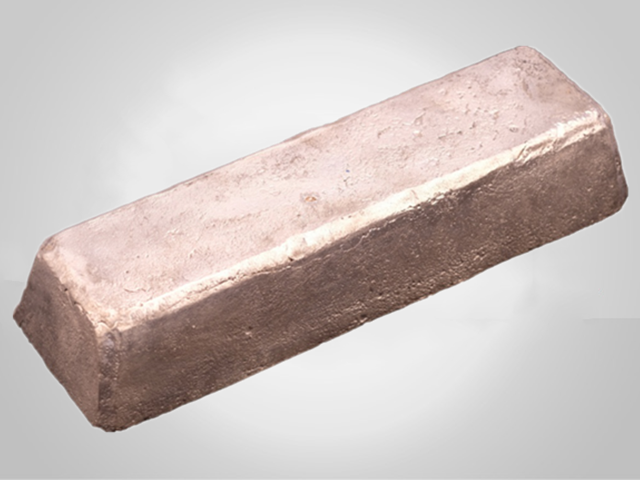Magnesium alloy has the characteristics of light weight, high specific stiffness, high damping, vibration and noise reduction, electromagnetic radiation resistance, no pollution during processing and recycling, etc., and magnesium resources are abundant, which can be used for sustainable development. Therefore, magnesium alloy is known as “light and green structural material in 21st century”. It reveals that in the tide of light weight, energy saving and emission reduction in manufacturing industry in 21st century,The trend that magnesium alloy will play a more important role also indicates that the industrial structure of global metal materials including China will change. However, traditional magnesium alloys have some weaknesses, such as easy oxidation and combustion, no corrosion resistance, poor high-temperature creep resistance and low high-temperature strength.

Theory and practice show that rare earth is the most effective, practical and promising alloying element to overcome these weaknesses. Therefore, it is of great significance to make use of China’s abundant magnesium and rare earth resources, develop and utilize them scientifically, and develop a series of rare earth magnesium alloys with Chinese characteristics, and turn resource advantages into technological advantages and economic advantages.
Practicing the scientific development concept, taking the path of sustainable development, practicing the resource-saving and environment-friendly new industrialization road, and providing light, advanced and low-cost rare earth magnesium alloy supporting materials for aviation, aerospace, transportation, “Three C” industries and all manufacturing industries have become the hot spots and key tasks of the country, industry and many researchers.Rare-earth magnesium alloy with advanced performance and low price is expected to become the breakthrough point and development power for expanding the application of magnesium alloy.
In 1808, Humphrey Davey fractionated mercury and magnesium from amalgam for the first time, and in 1852 Bunsen electrolyzed magnesium from magnesium chloride for the first time. Since then, magnesium and its alloy have been on the historical stage as a new material. Magnesium and its alloys developed by leaps and bounds during the Second World War. However, due to the low strength of pure magnesium,It is difficult to be used as a structural material for industrial application. One of the main methods to improve the strength of magnesium metal is alloying, that is, adding other kinds of alloying elements to improve the strength of magnesium metal through solid solution, precipitation, grain refinement and dispersion strengthening, so that it can meet the requirements of a given working environment.

It is the main alloying element of rare earth magnesium alloy, and most of the developed heat-resistant magnesium alloys contain rare earth elements. Rare earth magnesium alloy has the characteristics of high temperature resistance and high strength. However, in the initial research of magnesium alloy, rare earth is only used in specific materials because of its high price. Rare earth magnesium alloy is mainly used in military and aerospace fields.However, with the development of social economy, higher requirements are put forward for the performance of magnesium alloy, and with the reduction of rare earth cost, rare earth magnesium alloy has been greatly expanded in military and civil fields such as aerospace, missiles, automobiles, electronic communication, instrumentation and so on. Generally speaking, the development of rare earth magnesium alloy can be divided into four stages:
The first stage: In 1930s, it was found that adding rare earth elements to Mg-Al alloy could improve the high temperature performance of the alloy.
The second stage: In 1947, Sauerwarld discovered that adding Zr to Mg-RE alloy can effectively refine the alloy grain. This discovery solved the technological problem of rare earth magnesium alloy, and really laid a foundation for the research and application of heat-resistant rare earth magnesium alloy.
The third stage: In 1979, Drits and others found that adding Y had a very beneficial effect on magnesium alloy, which was another important discovery in developing heat-resistant rare earth magnesium alloy. On this basis, a series of WE-type alloys with heat resistance and high strength were developed. Among them, the tensile strength, fatigue strength and creep resistance of WE54 alloy are comparable to those of cast aluminum alloy at room temperature and high temperature.
The fourth stage: It mainly refers to the exploration of Mg-HRE (heavy rare earth) alloy since 1990s in order to obtain magnesium alloy with superior performance and meet the needs of high-tech fields. For heavy rare earth elements, except Eu and Yb, the maximum solid solubility in magnesium is about 10%~28%, and the maximum can reach 41%. Compared with light rare earth elements, heavy rare earth elements have higher solid solubility.Moreover, the solid solubility decreases rapidly with the decrease of temperature, which has good effects of solid solution strengthening and precipitation strengthening.
There is a huge application market for magnesium alloy, especially under the background of increasing shortage of metal resources such as iron, aluminum and copper in the world, the resource advantages and product advantages of magnesium will be fully exerted, and magnesium alloy will become a rapidly rising engineering material. Facing the rapid development of magnesium metal materials in the world, China, as a major producer and exporter of magnesium resources,It is particularly important to carry out in-depth theoretical research and application development of magnesium alloy. However, at present, the low yield of common magnesium alloy products, poor creep resistance, poor heat resistance and corrosion resistance are still the bottlenecks restricting the large-scale application of magnesium alloy.
Rare earth elements have unique extranuclear electronic structure. Therefore, as an important alloying element, rare earth elements play a unique role in metallurgy and materials fields, such as purifying alloy melt, refining alloy structure, improving alloy mechanical properties and corrosion resistance, etc. As alloying elements or microalloying elements,Rare earths have been widely used in steel and nonferrous metal alloys. In the field of magnesium alloy, especially in the field of heat-resistant magnesium alloy, the outstanding purification and strengthening properties of rare earth are gradually recognized by people. Rare earth is considered as the alloying element with the most use value and the most development potential in heat-resistant magnesium alloy, and its unique role can not be replaced by other alloying elements.
In recent years, researchers at home and abroad have carried out extensive cooperation, using magnesium and rare earth resources to systematically study magnesium alloys containing rare earth. At the same time, Changchun Institute of Applied Chemistry, Chinese Academy of Sciences is committed to exploring and developing new rare earth magnesium alloys with low cost and high performance, and has achieved certain results.Promote the development and utilization of rare earth magnesium alloy materials.
Post time: Jul-04-2022